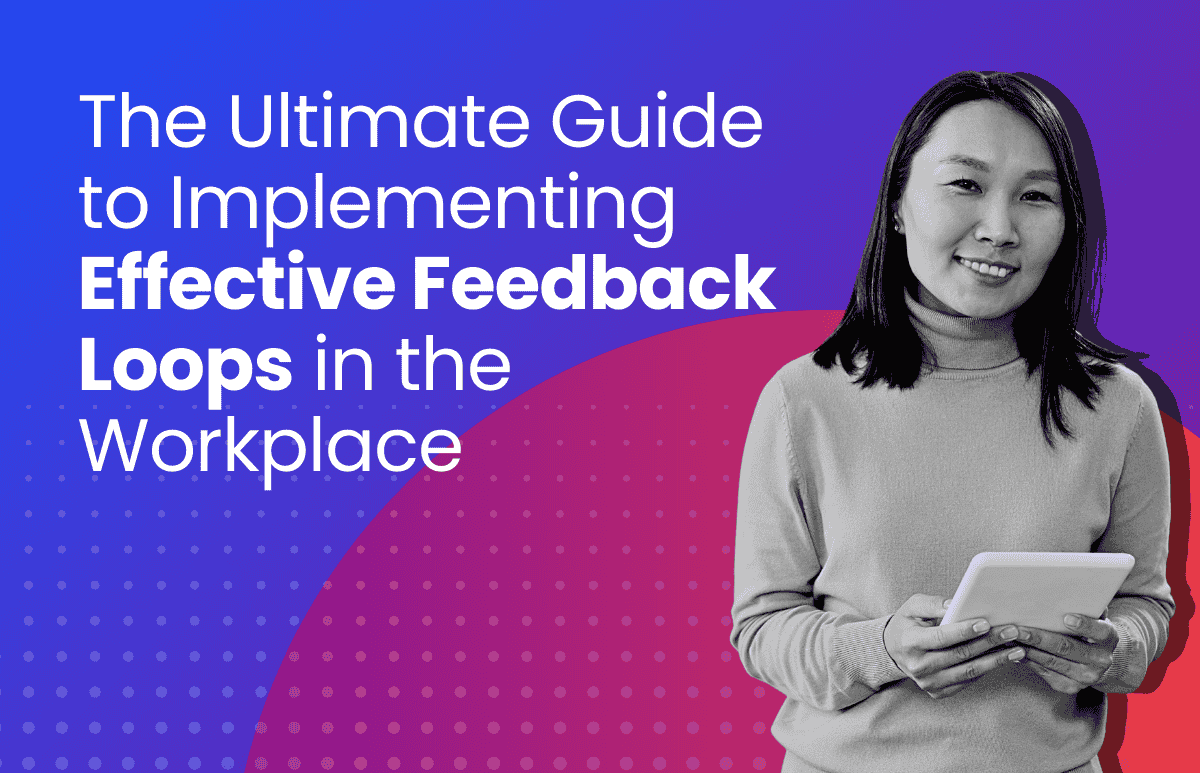Creating a Safe Work from Home Environment

In the rush to ensure business continuity amidst unprecedented disruption due to COVID-19, many employers are encouraging employees to work from home. However, it must be remembered that your obligations towards creating a safe work environment extend beyond the traditional physical office and premises of the business.
Most Australian and New Zealand workplace health and safety legislation gives duty of care to “persons in control of a business or undertaking” – usually abbreviated to PCBU. Employers fall into this category. The duty of care applies to areas where a worker is performing an activity that is reasonable and incidental to employment and is within the terms and expectations of the employment.
While many organisations already had a work from home policy in place prior to COVID-19 taking hold, the rapid spread of the coronavirus has caught some off guard. As such, some organisations – including many smaller organisations – may need to develop a “self-check” policy for employees to verify to their company that they are working in a safe environment.
If employers can demonstrate they have trained employees on how to conduct their work safely, that is at least some form of protection against potential lawsuits or workers compensation if an employee gets injured at home during work hours.
A checklist will encourage employees to consider all aspects of health and safety within their homes.
Technology such as Facetime, Skype or Zoom can also be used by employees to show their employer their workspaces and how they will move around within that space.
HR Advance, part of Australian Business Lawyers & Advisors, warn that employers could be liable for workers compensation and future damages claims from an employee who is injured while working from home. “An employee could be involved in an accident while taking a lunch break, cooking in their own kitchen or simply walking around their own house,” the specialists state.
Personal injuries sustained in those circumstances are likely to be deemed to have arisen out of or in the course of employment as the injury was sustained in the workplace (defined under WHS legislation as “a place where work is carried out for a business or undertaking and includes any place where a worker goes, or is likely to be, while at work”).[1]
Perhaps the most famous case (in Australia) was Hargreaves and Telstra Corporation Limited [2011] AATA 417 (17 June 2011). In this landmark case, an employee who was working from home slipped and fell down a flight of stairs. Comcare rejected her application for workers compensation on the basis that her personal injuries were not sustained in the course of her employment. The Administrative Appeals Tribunal (AAT) then reversed this decision.
The key to this case was the reason why the employee was walking down her internal stairs. She claimed she fell on two occasions – while walking down her stairs in order to lock her front door, as directed by her employer, and while walking downstairs to obtain cough syrup. Prior to both incidents it was accepted she had logged onto her work computer and had been working.
The AAT found that the circumstances in which the incidents occurred were similar to a worker who sustains injury in a recess break – she required the cough syrup to continue her work duties and she was locking her front door, as directed to do so by her employer due to the recent spate of robberies in the area.
While injuries sustained in the course of work are perhaps bound to happen, the onus should be on both the employee and the employer to try to ensure these are minimised. It’s the ultimate manifestation of the employer-employee relationship – just in a new and different context.
ELMO Software can help business leaders manage their workforce, even while operating remotely. As a cloud-based solution, ELMO helps employers manage their teams from anywhere at any time from a secure, centralised database. All employee-employer touchpoints are covered by ELMO’s suite, from ‘hire to retire’. This includes recruitment, onboarding, performance management, payroll, rostering / time & attendance, learning & development, and more. For further information, contact us.
[1] “Q&A: Safety issues when employees work from home”; hradvance.com.au
 HR Core
HR Core 









